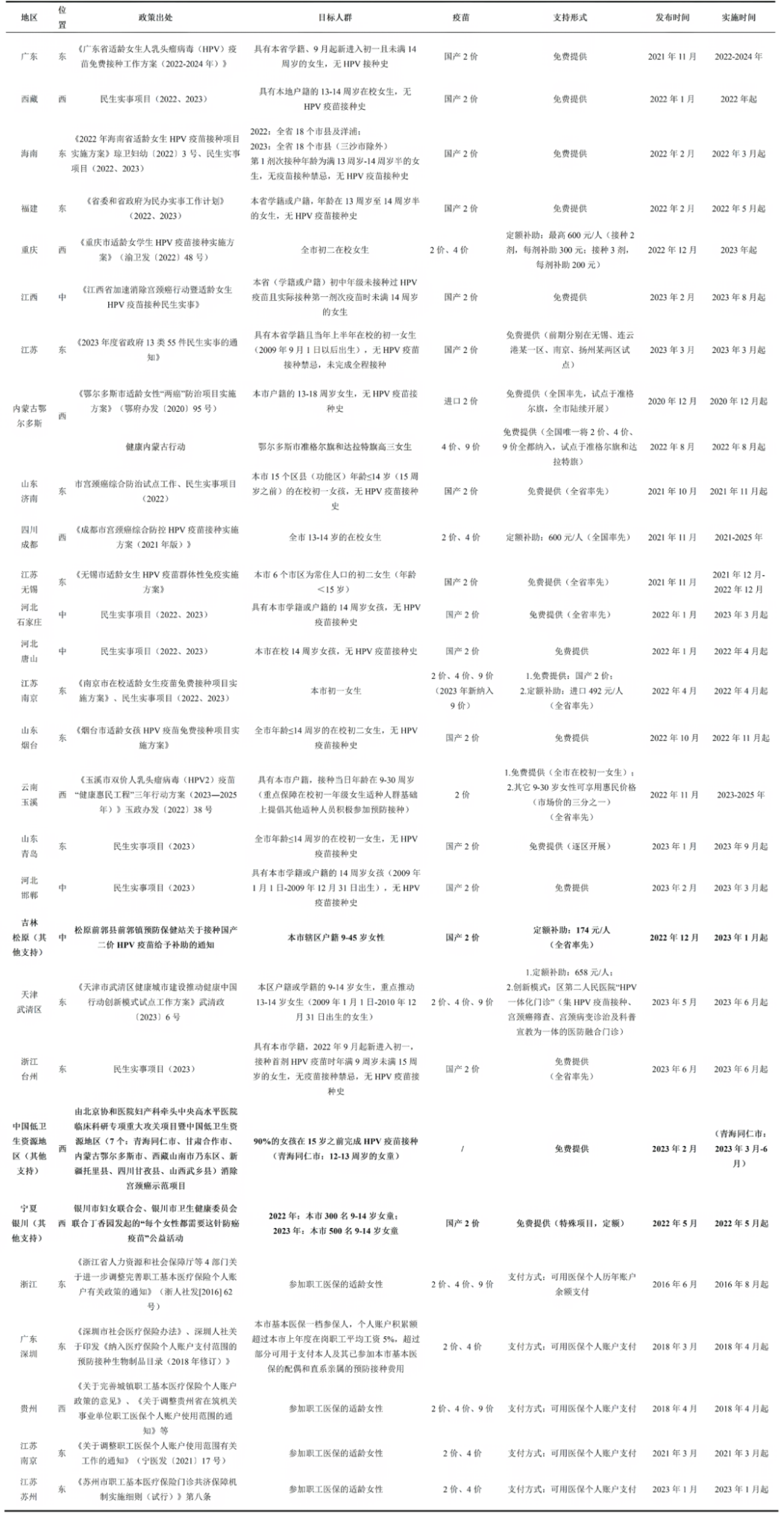A recent WHO report authored by VaxLab team highlights the disparities in vaccine coverage and inclusion of vaccines in national immunization programs (NIPs) in 13 Asian study countries, with middle-income countries eligible for Gavi’s MICs approach covering the fewest vaccine-preventable diseases.
The report launching workshop was held on Feb 10th in Singapore, co-hosted by SingHealth Duke-NUS Global Health Institute and the Asia Pacific Immunization Coalition. Policymakers, international organization leaders (e.g. Gavi, UNICEF, CHAI), researchers from over nine Asia countries were involved in discussing regional challenges, sharing the best practices and lessons learned, and fostering collaboration among key stakeholders.
This newly released report – ‘Comparative Analysis of the National Immunization Programmes in Select ASEAN and SAARC Countries: Progress and Challenges’ – offers a comprehensive analysis of NIPs grouped by the country’s Gavi eligibility.
Despite all countries including at least ten vaccine-preventable diseases for children in their immunization programmes, Myanmar and Indonesia are the only nations to have introduced all the ten WHO-recommended vaccines at the national level by 2024.
Sri Lanka leads the region with the highest service utilization rates for its included vaccines across all NIPs, whereas Myanmar and Indonesia report vaccination rates lower than 80% and 90%, respectively, for all the included vaccines.
While most countries have achieved over 90% coverage for routine vaccinations, newer vaccines, such as human papillomavirus (HPV) vaccine, pneumococcal conjugate vaccine (PCV), and rotavirus vaccine (RV), show lower coverage rates.
“Funding remains a major concern for sustaining immunization efforts. Gavi-eligible countries rely heavily on external funding, while Gavi-ineligible countries depend on domestic financing. Countries that graduate from Gavi support face a ‘funding cliff,’ which poses a significant challenge to maintaining immunization rates,” said Dr. Xinyu Zhang, first author of the report and Research Assistant Professor of Global Health, Duke Kunshan University.
The report also identifies systemic barriers such as not effectively functioning National Immunization Technical Advisory Groups, workforce capacity constraints, inadequate cold chain systems, and weakness in data quality and surveillance systems.
To address these challenges, workshop participants discussed key areas for strengthening NIPs, emphasizing the need for sustainable financing and increased domestic investment. Innovative financing mechanisms and regional collaboration on cost-sharing and procurement were highlighted as essential to maintaining long-term immunisation efforts.
Community engagement emerged as another critical priority. Participants stressed the importance of building public trust through transparent communication and involving communities as active partners. The workshop also underscored the need to invest in robust monitoring and evaluation systems to support evidence-based decision-making and efficient resource allocation.
“The findings from this report underscore the urgent need for sustainable immunisation systems and stronger regional collaboration in Asia,” said Prof. Shenglan Tang, Director of VaxLab, Co-director of Global Health Research Center, Duke Kunshan University.
“The workshop underscored the critical importance of sustained multi-stakeholder collaboration and knowledge exchange in addressing barriers to essential immunization access. Our efforts are not only pivotal to achieving the Immunisation Agenda 2030 goals but also serve the advancement of the equitable delivery of life-saving vaccines globally.”
To download the NIP report, visit: https://iris.who.int/handle/10665/380387





